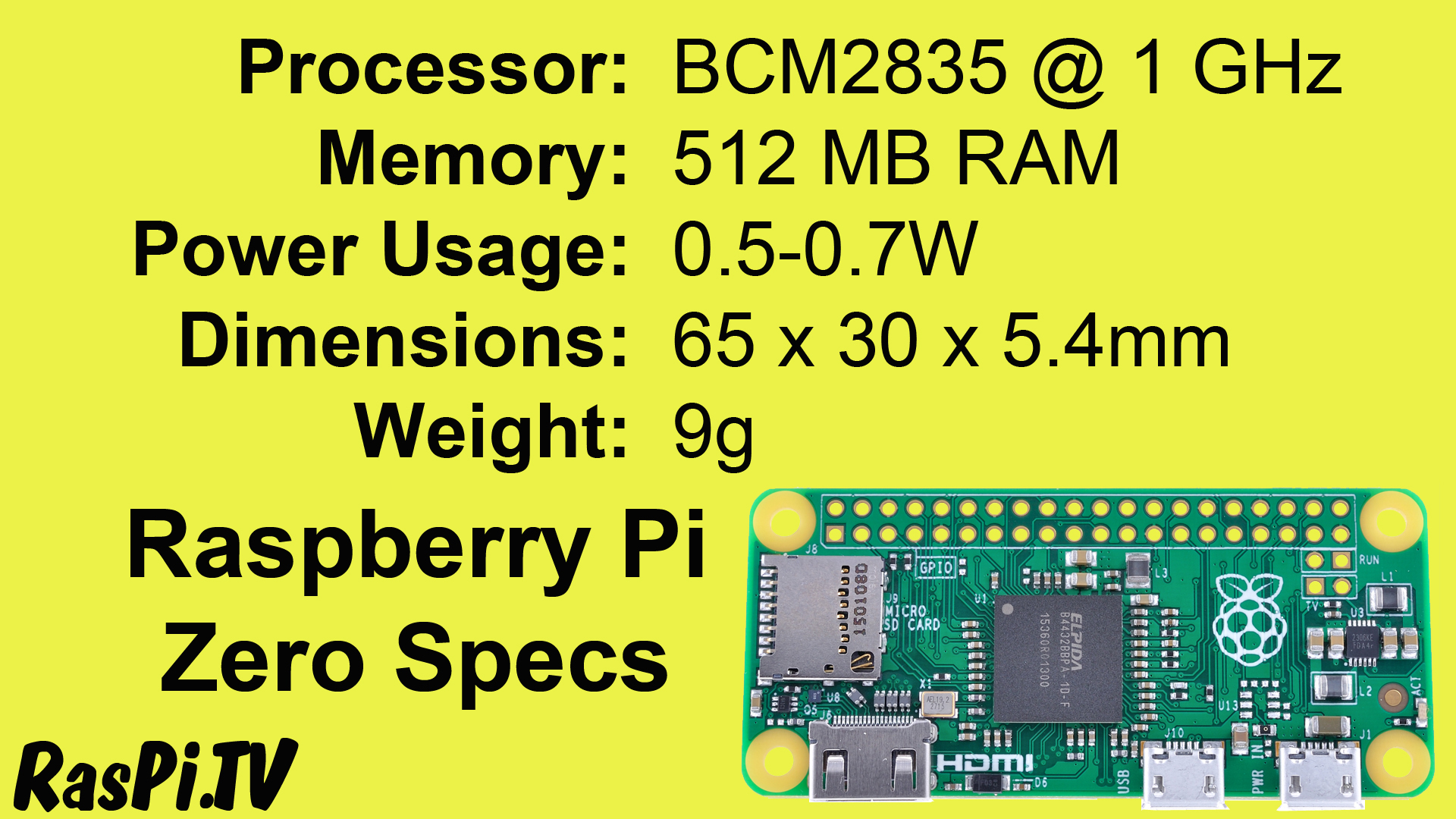
If it is AES, add the following line before key_mgmt Login into your WiFi portal to see if it is of type WPA-PSK or WPA2-PSKĬheck how encryption is done in the portal.In VS code, it can be done by changing CRLF to LF in the right bottom.Ĭtrl_interface=DIR=/var/run/wpa_supplicant GROUP=netdevĪpart from SSID and password, the file may need some other changes. Note that it must have Linux style line ending.
 For WiFi connectivity create wpa_nf file in the root folder with the following contents adjusted as per your WiFi. To enable SSH, create an empty file named ssh in the root folder. Headless Pi can be accessed using SSH via WiFi.
For WiFi connectivity create wpa_nf file in the root folder with the following contents adjusted as per your WiFi. To enable SSH, create an empty file named ssh in the root folder. Headless Pi can be accessed using SSH via WiFi.  When the install is complete, you may have to remove and re-insert the SD card. Choose SD card drive and start the install. When the App starts, choose Raspbian Lite as OS for headless install. If you want desktop version, feel free to choose another version. Setting up Raspberry Pi Zero Wĭownload Raspbian Buster Lite for headless install. This project primarily explains how to do the headless installation of Raspbian OS and Python using Windows and VS Code. It can be easily programmed using Python, so it has great potential.
When the install is complete, you may have to remove and re-insert the SD card. Choose SD card drive and start the install. When the App starts, choose Raspbian Lite as OS for headless install. If you want desktop version, feel free to choose another version. Setting up Raspberry Pi Zero Wĭownload Raspbian Buster Lite for headless install. This project primarily explains how to do the headless installation of Raspbian OS and Python using Windows and VS Code. It can be easily programmed using Python, so it has great potential. 
The small size and connectivity aspects of Raspberry Pi Zero W makes it a great candidate for IoT Hub scenarios.







 0 kommentar(er)
0 kommentar(er)
